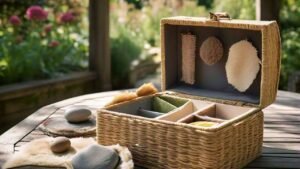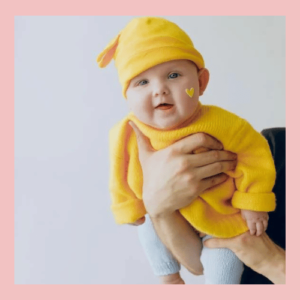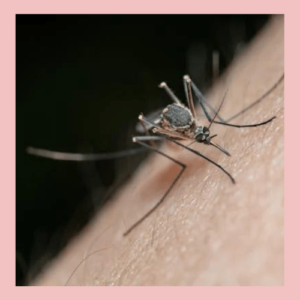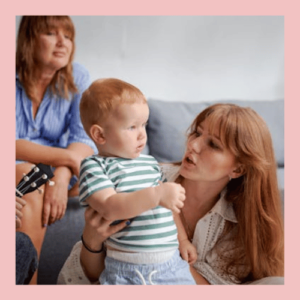Play operates at diverse levels, from the physiological to the psychological, so getting children involved in sensory play is fun and crucial. A wonderful sensory idea is a touch-and-feel box usually referred to as a sensory bin that can be themed on nature. These bins are filled with materials that prompt the children to touch them and that allow them to learn through their senses. Attached are twenty ideas for a touch-and-feel box for the nature sensory bin to engage children’s imagination and offer hours of edutainment.
You Can Also Like This Birthday Party Games For Kids

- Smooth Stones
Collect about 10 pieces of several smooth stones of various shapes and sizes. They are gentle to the touch and ideal to be used when identifying shapes and textures.
- Pinecones
Pinecones are interesting to feel especially when one has their hands accidentally stuck in it since it is covered with a spiky pattern. It also leads children to the discovery of natural objects and the peculiarities related to each of them.
- Feathers
Feathers have a scarcely noticeable tactile experience, which causes the feeling of touch to be provoked lightly. Let children distinguish the sizes of the feathers and feel the roughness or softness with their hands.
- Tree Bark
Suburban material should be pieces of tree bark with rough surfaces, smooth surfaces, or even moss on it. With the help of Bark, children get an opportunity to feel various textures existing in nature.
- Sand
Play sand used in a natural environment is of course different from that used for sand play indoors. It can be dry, or it can be slightly damp to offer a different feel to the kids within the sensory aspect.
- Seashells
Some are big; others are small, smooth, some rough, and all of them are unique. ” They are quite suitable for familiarizing a child with sea inhabitants and the feeling of a shell under the fingertips.
- Moss
Mosses are soft and velvety to the touch and therefore make the design pretty sensory. For children, this cress is soft to the touch; thus, they can learn more about its green coloration.
- Dried Leaves
Gather different leaves in their dried form from various trees of different sizes. They provide a crunchy feel and bring in the aspects of seasonal variations in the foliage of plants.
- Acorns
Acorns are tiny and the surfaces on both ends are smooth the best part is that they are small enough for the kids to pick up easily. I also note that they accustom children to the existence of seeds and the cycle of nature.
- Faux Grass
Add fake or actual grass pieces or little areas of grass so that they differ from some of the other items in the sensory bin.

- Flower Petals
The petals of flowers give a pleasant smell and touch sensation that is very gentle to the touch. The second cup allows for the selection of petals safe for handling exploration.
- Pine Needles
For pine needles, children may stab themselves with these but they can also touch it to feel how it is different and try to roll it to smell its scent.
- Shredded Coconut
The use of dry shredded coconut presents material with fluffy and soft material that may kind of resemble snow or sand for the sensory bin.
- Twigs and Branches
Twigs and branches of different thicknesses and textures. It assists the children in first noticing natural shapes and also distinguishing between rough and smooth textures.
- Pebbles
Related to the previous comfort object, small pebbles can help one feel connected to smooth stones with varying shapes and roughness.
- Sycamore Balls
These are referred to as helicopter seeds, and these are small seeds with wings; these provide the feeling and knowledge about the seed’s dispersal to the children.
- Dried Herbs
Use products like dried herbs for example lavender rosemary. They are good in the sense that they give a texture that you can touch as well as the sense of smell.
- Cinnamon Sticks
Cinnamon sticks are hard and smelly, giving sensorium related to spices that can be introduced to children as gifts of nature.
- Fern Fronds
Having soft and feathery fronds, ferns are ‘touch friendly’ and their feeling is delicate to the touch. They do not determine the complexity or the coarseness of the material, since children can literally touch and even see the simple patterns used for creating them.
- Nutshells
Elliptical or oval shapes and various types of textures of the shells fascinate people when nutshells are empty. They also help children identify various forms of nuts as well as the casings of the nuts.

Conclusion
Using these touch and feel box ideas in developing a nature sensory bin is a wonderful way of getting children to engage with the natural environment through feel. Each item has a different texture and shape provoking interest in Nature’s texture and scent.
Explore this Cute Wizard Boy Names










